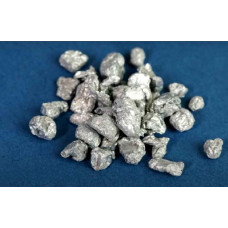Chemical elements that are constantly included in the composition of organisms and are vital to them, have a stimulating effect on the body, causing changes in the course of metabolic processes, as well as are necessary for the synthesis of organic compounds. There is a distinction between macronutrients contained in the body of living organisms in concentrations from 0.001 to 70% of its weight (oxygen, carbon, hydrogen, nitrogen, phosphorus, potassium, calcium, etc.) and trace elements contained in organisms in low concentrations, usually in fractions of a thousand percent and below (manganese, cobalt, nickel, copper, zinc, etc.). Under conditions of aquatic ecosystems, nitrogen, phosphorus, potassium, sodium, silicon, and some others are considered the main biogenic elements, which often determine the growth, development, and species composition of hydrophytes.
Biogenic elements are substances necessary for the existence of living organisms - oxygen, carbon, hydrogen, nitrogen, phosphorus, potassium, calcium, magnesium, iron, sodium, sulphur, silicon, manganese, iodine, arsenic and others. In water they are found in the form of ions and also in the form of colloids, most of them of unknown composition. The presence of small amounts of nutrients in the water limits the biological productivity of the pond (bound nitrogen, phosphorus, potassium, and in the marsh water - calcium). When mineral (salts of nitrogen, phosphorus) or organic (manure) fertilisers are applied to the ponds, the amount of nutrients increases.
Biogenic elements
Tags: Biogenic elements



